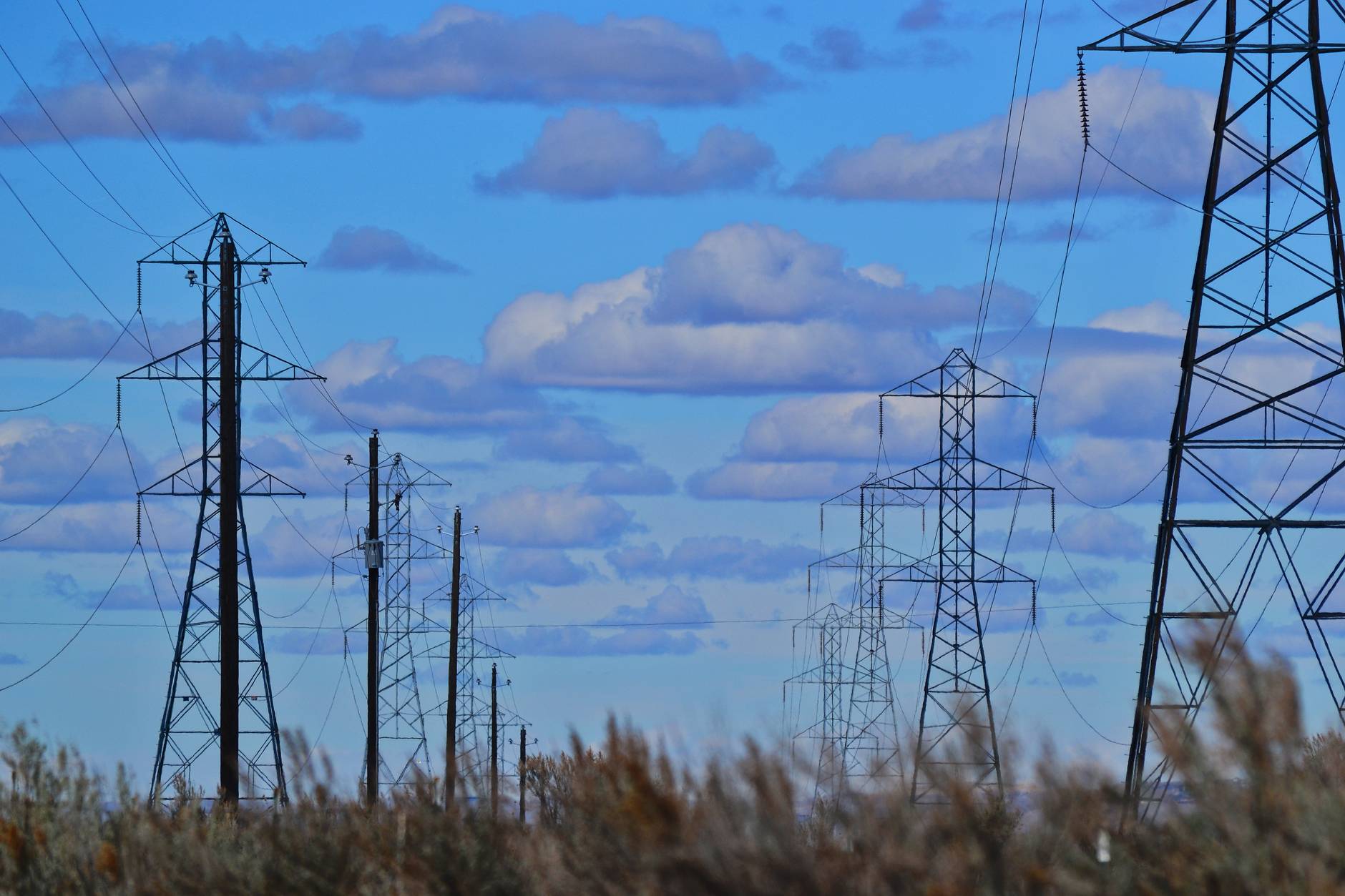
India’s energy sector showed robust growth in 2023–24, recovering steadily after the pandemic and matching the country’s ambitious development goals. The energy supply and consumption have expanded significantly to meet the needs of a growing population, increased urbanization, and industrial development. Coal continues to be the primary energy source in India, providing almost 79% of the total domestic energy supply. The total coal production reached 997.83 million tonnes in 2023–24, a significant jump from the previous year. The share of non-coking coal in this production was over 93%, indicating its dominant role in power generation and industrial use.
Renewable energy also gained strong momentum. The total estimated potential for renewable energy generation touched over 2,109,655 MW, with wind and solar accounting for the bulk of this potential. Wind energy had the highest estimated capacity at 1,163,856 MW, while solar came in at 748,990 MW. The installed capacity of grid-interactive renewable power increased to 143,645 MW, showing a 14.77% rise compared to the previous year. Among these, solar power remained the leading contributor with a 57% share.
In terms of oil and gas, the crude oil reserves increased slightly to 671.40 million tonnes, while natural gas reserves stood at 1,094.19 billion cubic meters. The largest share of these reserves was located offshore, particularly in the western regions. To meet rising demand, India continues to rely heavily on imports. Crude oil imports were close to 234.26 million tonnes, and the country imported 31.8 BCM of natural gas—an increase of nearly 21% from the previous year. Coal imports also rose by 11.2%, reaching 262.99 million tonnes.
Electricity availability grew by 7.25% from the previous year, reaching a net supply of 16,46,998 GWh. However, transmission and distribution losses remained at 17.08%. India’s installed electricity generation capacity grew to 521,310 MW, a 5.43% increase from the year before. The Western region contributed the most to the country’s electricity capacity, with the Southern and Northern regions also playing significant roles. Rajasthan led in renewable energy installations, followed closely by Gujarat.
Final energy consumption (TFC) in India saw a rise of over 38% since 2014–15, with the industrial sector accounting for the largest increase at 13.2% in 2023–24, followed by transport and public services. Residential energy use also rose, reflecting the ongoing urban expansion. In agriculture and forestry, energy use grew from 15,347 KToE in 2014–15 to 22,564 KToE in 2023–24, with a 10-year compound annual growth rate of 4.38%.
India’s energy use per capita increased from 14,682 MJ in 2014–15 to 18,410 MJ in 2023–24, showing more than a 25% rise. Electricity consumption per person also increased sharply from 748 KWh to 1,106 KWh over the same period. This growth underlines the country’s efforts to improve energy access across sectors and regions.
Energy intensity—defined as the amount of energy used per unit of GDP—improved slightly. In 2023–24, 0.2180 MJ was used per INR of GDP, down from 0.2192 MJ the year before. Specifically, the industrial sector’s energy intensity dropped significantly. While energy efficiency improved, India’s dependence on energy imports remained high. Crude oil import dependency stood at nearly 89%, with natural gas at 46.60% and coal at 25.86%.
India continues to invest in both fossil fuels and renewable energy to meet its rising energy demand. The country’s approach is a combination of expanding infrastructure, increasing efficiency, and promoting sustainability. Despite challenges, India’s energy landscape in 2023–24 reflects a strong drive toward balancing growth with environmental and energy security goals.
Related
Source link



